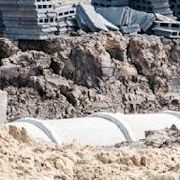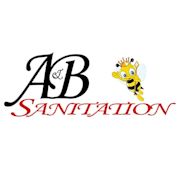Search results
Aug 7, 2023 · Learn about the different types of septic systems used in the US, from conventional to alternative, and their advantages and disadvantages. See illustrations and descriptions of each system and how they treat and dispose of wastewater.
- SEPTIC TANK. After passing from the house, the wastewater collects in the septic tank. Septic tanks typically range from 1,000 to 2,000 gallons and are made of concrete, heavy plastic, or metal.
- Leach Field. The leach field (also called a “drain field”) consists of rows of perforated pipes typically buried in gravel trenches 18 to 36 inches below grade — deep enough to avoid freezing, but close enough to the surface to allow air to reach the bacteria that further purify the effluent (see illustration below).
- SIZING THE LEACH FIELD. For the system to work well, the leach field must be properly sized for the soil type and volume of wastewater, typically based on the number of bedrooms.
- SEPTIC SYSTEM CARE & MAINTENANCE REQUIRED. Treat your system well and you will be rewarded with years of trouble-free service. Periodic pumping of the septic tank is essential to remove the solids (sludge) and grease layer (scum) from the tank.
Aug 7, 2023 · Learn how septic systems digest organic matter, separate solids and floatable matter, and discharge effluent into the soil or a drainfield. Find out the advantages and disadvantages of different types of septic systems and how to maintain them.
Learn how septic tanks, fields, and pumps treat wastewater and prevent pollution. Find out how to keep your septic system healthy and avoid costly repairs.
People also ask
What is a septic system & how does it work?
What is a typical septic system?
Where can I find information about septic systems?
How does a community septic system work?
Aug 7, 2023 · Learn about septic systems, how to care for them, maintain them, and comply with regulations. Find answers to common questions on septic system types, design, location, permits, and environmental impacts.
Dec 4, 2018 · Learn about the types, benefits, problems, and regulation of septic systems, which treat wastewater from small communities in rural and suburban areas. Find out how septic systems protect public health, environmental, and economic interests, and how to prevent or address common issues.
Sep 23, 2016 · A typical septic system consists of a septic tank and a drainfield, or soil absorption field. The septic tank digests organic matter and separates floatable matter (e.g., oils and grease) and solids from the wastewater. Soil-based systems discharge the liquid (known as effluent) from the septic tank into a series of perforated pipes buried in a ...





